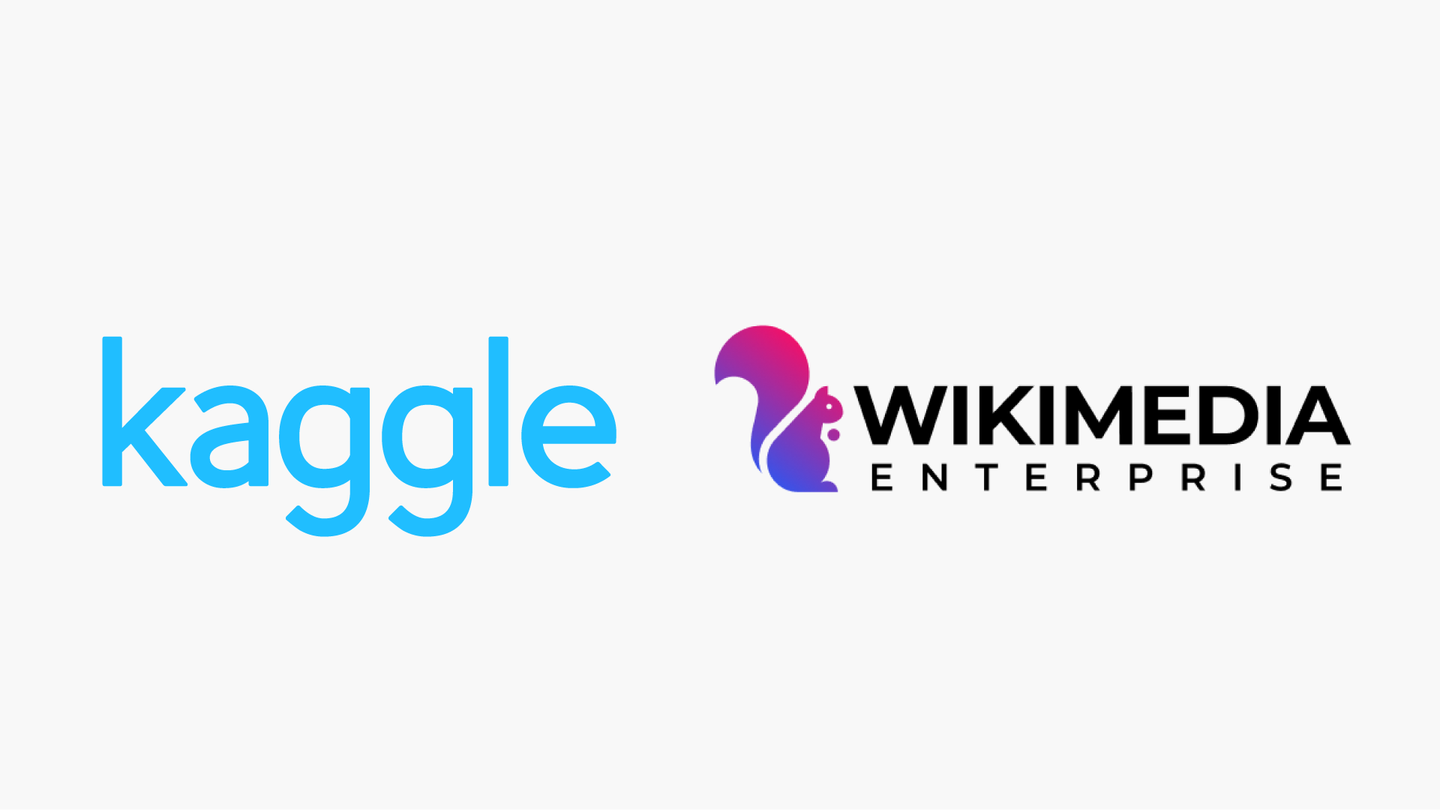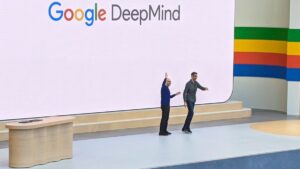Kaggle Partners with Wikimedia Foundation for Open Data Initiatives.

Kaggle and Wikimedia Enterprise: A New Data Source for Researchers
Kaggle, a popular platform known for hosting and sharing datasets, is now featuring the beta release of structured data from Wikimedia Enterprise. This exciting collaboration offers a wealth of information that researchers, students, and machine learning enthusiasts can tap into for various projects.
What is Kaggle?
Kaggle is a platform that has become a go-to resource for data enthusiasts around the globe. With over 461,000 freely accessible datasets, it serves as a hub for individuals looking to analyze data, build machine learning models, or compete in various data competitions. Researchers and students utilize these datasets to enhance their learning experiences, test their skills, and develop solutions across a wide range of topics.
Understanding Wikimedia Enterprise
The Wikimedia Foundation, the entity behind Wikipedia, manages this structured data. Wikipedia is the world’s largest free encyclopedia, continuously updating its vast pool of information to reflect real-time knowledge about the world. The foundation prioritizes open access to its data, making it available for anyone interested in learning or conducting research.
What is Structured Data?
Structured data refers to information that is organized in a predictable format, making it easier for computers to read and analyze. This kind of data is particularly useful for machine learning applications where algorithms need clear and consistent formats to train effectively. The structured dataset from Wikipedia is specifically designed for this purpose, aligning well with the needs of data scientists and developers.
Benefits of the Collaboration
With the availability of Wikimedia’s structured data on Kaggle, users can expect several benefits:
Quality Assurance: The collaboration between Kaggle and Wikimedia ensures that the data is reliable. Researchers can trust that the datasets have been carefully curated.
Access to Extensive Information: Users can explore a wide range of topics documented on Wikipedia, enabling them to draw insights or train machine learning models effectively.
- Interdisciplinary Learning: The datasets cover various fields, offering opportunities for interdisciplinary studies, from natural language processing to visual recognition tasks.
How to Use the Data
Here’s a brief overview of how users can leverage the structured data available on Kaggle:
Explore Datasets: Navigate through Kaggle’s site to find the Wikimedia datasets. Review the contents and structure to ensure it meets your project requirements.
Data Preprocessing: Once you’ve selected a dataset, preprocess the data as needed. This may involve cleaning, transforming, or organizing the information for your specific use case.
Model Training: Use the structured data to train your machine learning models. The uniformity and consistency of the dataset will improve the quality of your models.
- Compete and Collaborate: Participate in Kaggle competitions using these datasets, or collaborate with others who are also utilizing Wikimedia’s data to exchange ideas and improve your skill set.
Excitement for Innovation
As this exciting new data source becomes available, researchers and practitioners are eager to see the various projects and applications that will emerge from it. The partnership not only enhances the quality of available data but also encourages innovation in the fields of data science and machine learning.
By providing access to well-structured datasets, Kaggle and Wikimedia Enterprise are paving the way for new insights, deeper understanding, and the potential for significant advancements in various areas of study.






